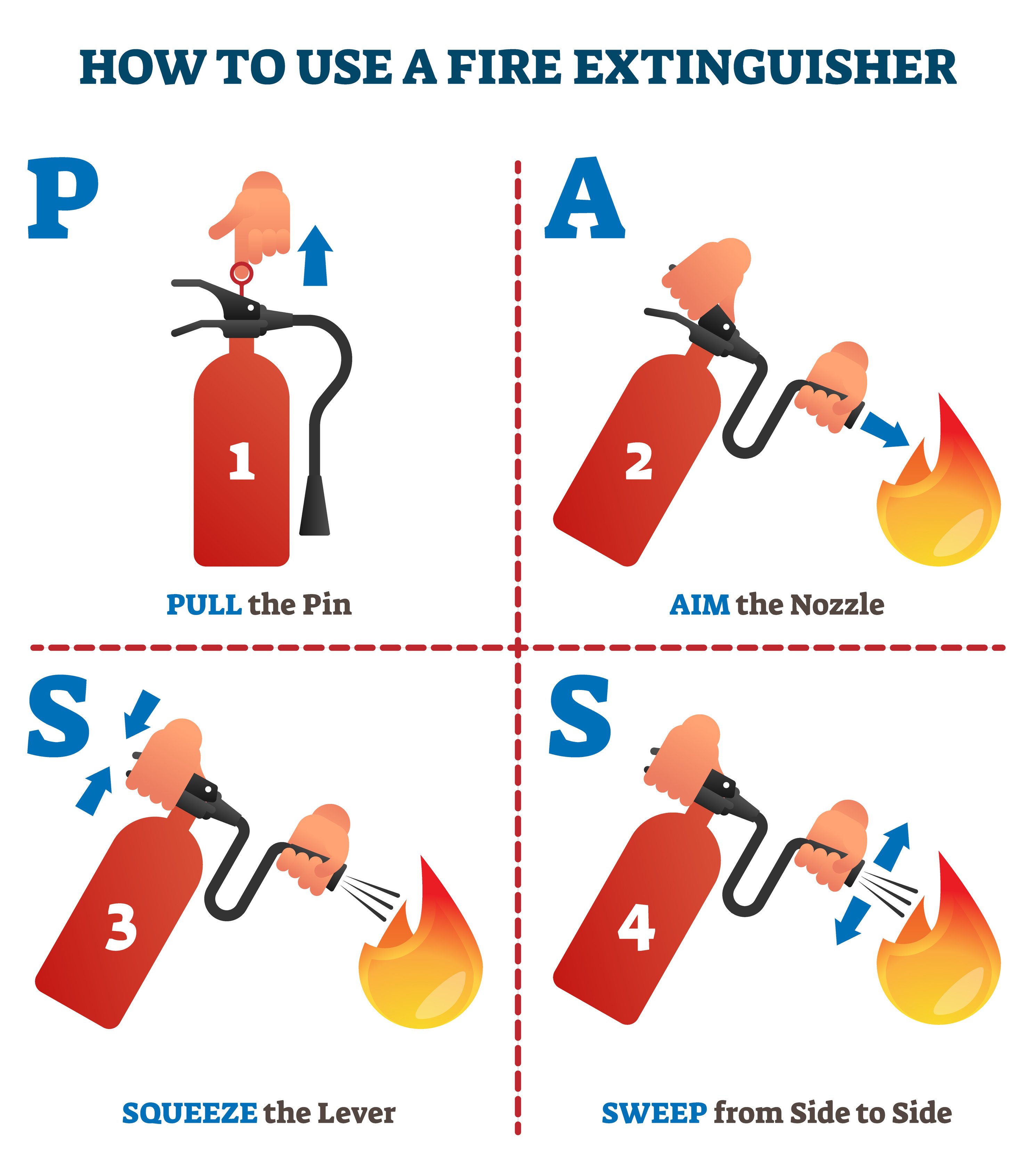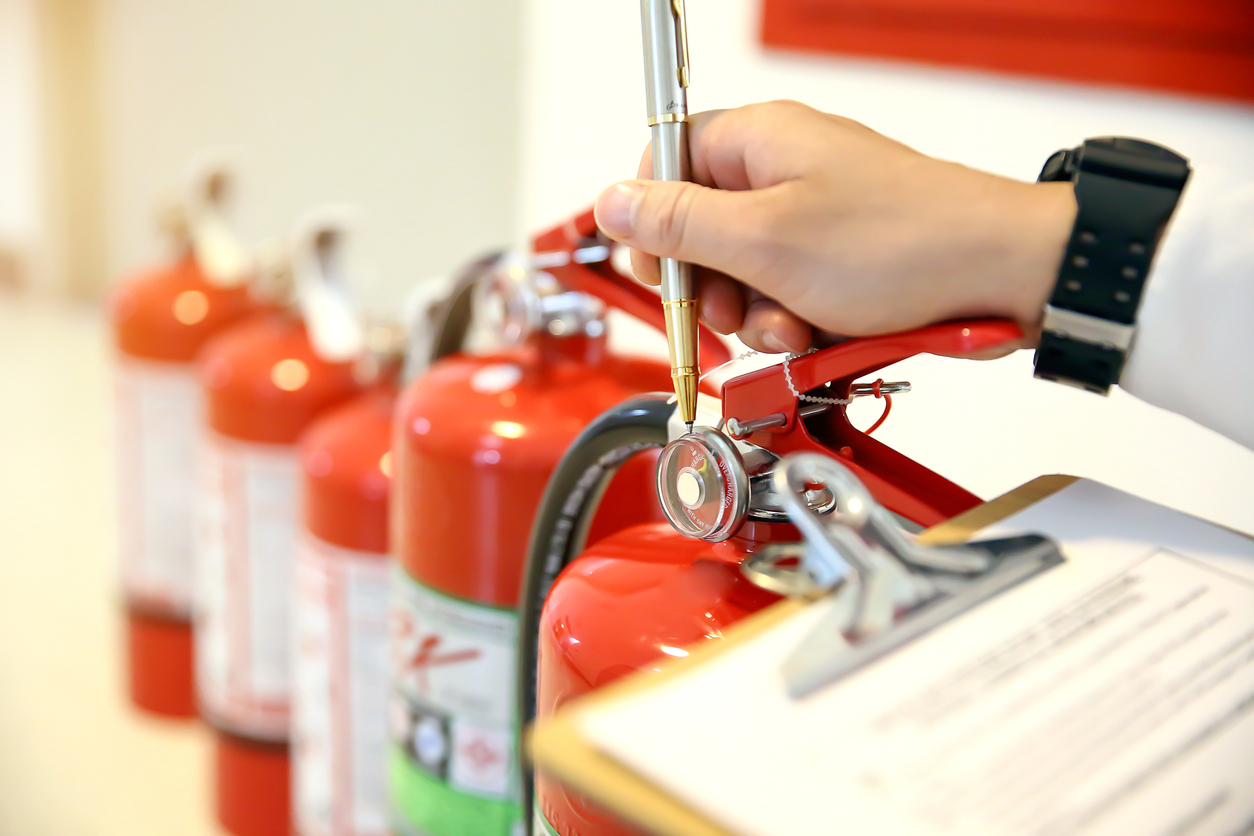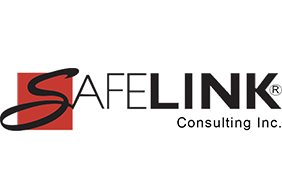Are you prepared to handle Fire Emergencies in your workplace? Fires are probably more common than you may think. The NFPA reports that fire departments respond to a fire on average every 21 seconds according to 2022 statistics. From 2021 to 2022, the total number of fires increased 11.1 percent, civilian deaths decreased. A civilian was fatally injured in a fire every two hours and 19 minutes. Every 40 minutes, a civilian suffered a non-fatal fire injury.
While some year-to-year fluctuation is normal, from 2021 to 2022, the total number of fires increased 11.1 percent, civilian deaths decreased 0.3 percent, and civilian injuries fell 9.9 percent. The increase in total fires was statistically significant. As you can see from just the few statistics cited here, fires in the U.S. are still very much a problem, regardless of how advanced current fire protection technology has become. Therefore, the immediate protection provided by fire extinguishers can be very beneficial to keep a small fire from wreaking havoc in your workplace.
Do you currently have a fire protection plan for your workplace? The federal Occupational Safety and Health Administration's Portable Fire Extinguisher standard, 1910.157, regulates what an employer must provide to their staff regarding fire protection. Unless the employer is exempt from the standard, by way of establishing a written plan for immediate evacuation of all employees, employers must have a written emergency action plan directing and training their staff on how to use portable fire extinguishers to eliminate fires in the workplace. Fire extinguishers are an incredibly important and effective part of the early action taken to prevent loss of property or life during a fire emergency. Read the entire Fire Protection standard here.
It’s understandable that some companies may take the position of not allowing their staff fire extinguisher use due to the liability associated if the staff member is injured while trying to extinguish a fire, but it can also be a great tool to protect an employee if they need it. If you do not make the use of extinguishing equipment readily available to employees, remember you must have a policy requiring an immediate evacuation. Oftentimes deaths occur during a fire because an employee’s means of egress (exits) are blocked by flames too intense for them to get through. A fire extinguisher can provide just enough time for someone to extinguisher a small area of fire to evacuate. If the employee doesn’t know how to properly use an extinguisher, they may lose the ability to escape. Also, if a small fire is immediately recognized, extinguishers can put them out before they ever become a significant risk, protecting everyone else in the building, and turning what could have been an astronomical loss of property into a minimal repair.
Get a free Emergency Action Plan Checklist
If your staff is given permission to use fire extinguishers, have they been trained how to use fire extinguisher? Do they know which kind of extinguishers to use? There are many different types of fire extinguishers, so making sure you place the right extinguishers in the areas correlating to the potential hazards is extremely important and required by OSHA. The most common types of extinguishers are “ABC” extinguishers, or extinguishers that can put out type A, B, and C fires. An ABC extinguisher will be able to suffocate fires caused by solid combustibles, flammable liquids, and electricity. Also, it’s not enough to just have fire extinguishers mounted on the walls of your workplace. The most important part of the process of extinguishing a fire, is to know how to use the equipment to do so. Teach your employees the PASS technique of extinguishing fire; Pull the pin, Aim at the base of the fire, Squeeze the trigger, Sweep back and forth at the base of the fire. Training employees on the use of your fire protection and emergency action plan will help ensure their safety during a fire emergency.

If you find that your staff is not adequately trained and prepared to handle fire emergencies in your facility, you must take immediate action. Your local fire department may have a program designed to give hands on training to private businesses that they serve. Reach out to them to see whether they can provide this for you. Some will even come to your workplace for hands on training. SafeLink also offers annual safety trainings that include an overview of fire protection and emergency evacuations.
One last thing to note, make sure that if you have a fire alarm that it is operational and connected to a reporting agency to ensure emergency services will respond to your workplace in the event of a fire.
Fire Alarms Save Lives!
Discover more about Fire Prevention Awareness: Tips to Keep you from Getting Burned.
If you have any questions about completing a Fire Prevention and Emergency Response plan for your business or if you have an emergency response program that you would like us to review for you, contact us now! We specialize in Health and Safety as well as FDA Quality consulting for General Industry, Beverage Industry, as well as Dental Labs and Dental Practices.
How prepared is your business for an emergency Response? Get a free checklist.
Our goal at SafeLink Consulting is to help our clients meet the standards set out by OSHA and also state OSHA plans. We are available to provide businesses with assistance in the development of the programs that are required for compliance and the safety of their employees. If you need assistance, please contact SafeLink Consulting.
Get notification when new regulatory compliance training courses are added plus upcoming events by subscribing to our email news.







Leave Comment